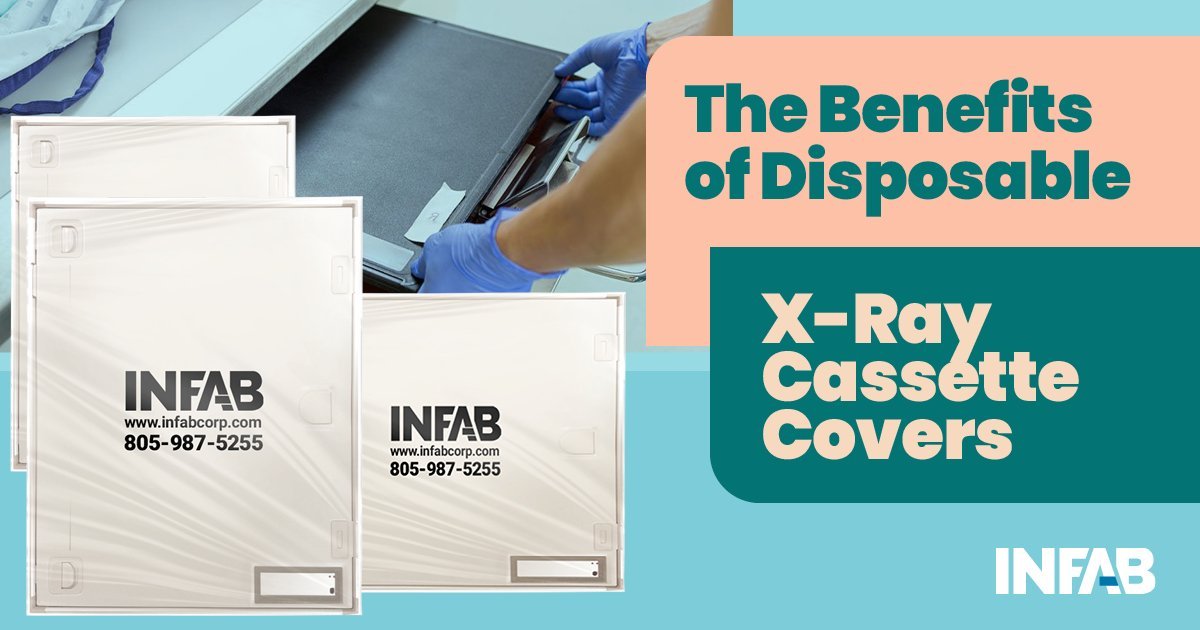The Benefits of Using Disposable Cassette Covers

X-ray cassettes play an essential role in the radiographic process, protecting the film, screens, and imaging plates. Cassettes enable technologists to produce clear, vibrant images. However, the preservation and maintenance of X-ray cassettes are necessary.
The Role of X-ray Cassettes in Radiographic Procedure
To understand why it is crucial to protect and care for cassettes, we must first understand their role in conventional and computed radiographic (CR) procedures. The cassette acts as a light-proof container in which films or imaging plates are placed for exposure to radiation. For the technologists, the cassette ensures that the highest-quality image will not be compromised by outside light. Furthermore, it protects the image from physical damage created by dust, dirt, and other external contaminants. It also enables the technologist to quickly and efficiently get the best image, reducing the exposure time for themselves and the patient.
Why use Disposable Cassette Covers?
While regular maintenance is essential, a facility can prolong the shelf-life of their cassettes with disposable cassette covers. Unlike reusable cassettes, Infab’s cassette covers feature a translucent, durable, zip-top and sandwich-bag-style design. Made of top grade polyethylene plastic, cassette covers prevent fluids and other contaminants from compromising the cassette and protect it from wear. Cassette covers reduce the spread of disease and contamination by providing a barrier between the cassette and the patient.
Infab Corporation’s disposable cassette covers create a solution for every health facility by providing technologists with a durable, sanitary, and cost-effective way to protect and preserve their X-ray cassettes.
References
Dance DR, Lester SA, Carlsson GA, Sandborg M, Persliden J. 1997, The use of carbon fibre material in radiographic cassettes: estimation of the dose and contrast advantages. , U.S. National Library of Medicine, National Institutes of Health, http://www.ncbi.nlm.nih.gov/pubmed/9166075, (11 Feb 2015).
Dewar, Cherie BS, 2013, Occupational Radiation Safety, Radiologic Technology, v. 84, p.467-489.
Optimization of protection in radiography: Radioprotection aspects.2013. IAEA Training Material
on Radiation Protection in Diagnostic and Interventional Radiology. https://rpop.iaea.org/RPOP/RPoP/Content/AdditionalResources/Training/1_TrainingMaterial/Radiology.htm